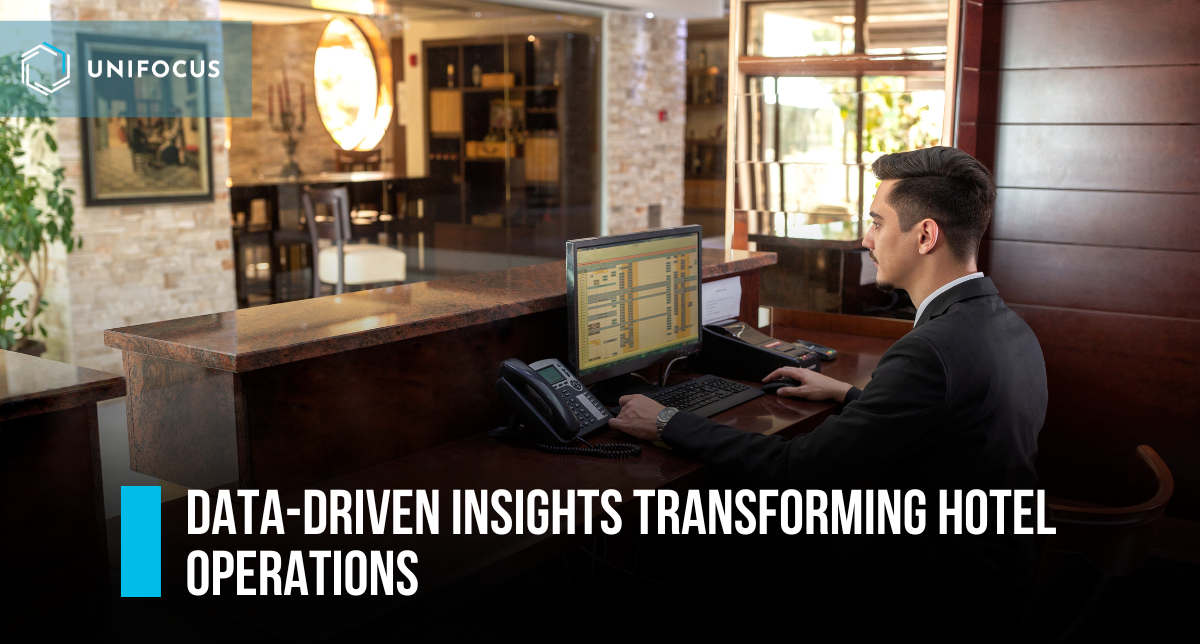When labor management, time and attendance, and operations management platforms are combined and used effectively, hotels can achieve substantial savings across various areas of their operations. Here are some of the combined savings that hoteliers can expect:
- Labor Cost Savings: By leveraging labor management platforms, hotels can optimize their workforce scheduling and staffing levels based on real-time demand and occupancy data. This ensures that labor resources are efficiently allocated, reducing overstaffing and minimizing unnecessary overtime expenses. Additionally, accurate time and attendance tracking eliminates errors in payroll calculation, preventing overpayments and reducing labor costs associated with manual processes.
- Operational Efficiency: The integration of operations management platforms streamlines and automates various operational tasks, leading to increased efficiency and productivity. By optimizing task allocation, automating workflows, and improving communication between departments, hotels can eliminate redundancies, reduce delays, and improve overall operational efficiency. This, in turn, results in time savings, reduced operational costs, and improved guest satisfaction.
- Inventory Management Savings: Operations management platforms often include inventory management modules that enable hotels to track and manage their supplies more effectively. By monitoring stock levels, automating reordering processes, and minimizing waste, hotels can reduce inventory carrying costs, prevent stockouts, and optimize their purchasing strategies. These inventory management savings contribute to overall cost control and improved profitability.
- Guest Service Enhancements: Through the integration of these platforms, hotels can provide more personalized and efficient guest service, leading to increased guest satisfaction and loyalty. Labor management systems help ensure that adequate staff is available to cater to guest needs promptly, while operations management platforms streamline service request handling, reducing response times and enhancing guest experiences. Satisfied guests are more likely to provide positive reviews, referrals, and repeat bookings, ultimately boosting revenue.
- Data-Driven Decision Making: By leveraging the analytics and reporting capabilities of these platforms, hotels gain valuable insights into their operations, staffing trends, and guest preferences. Access to real-time and historical data enables informed decision making, such as optimizing labor deployment, identifying areas for process improvement, and implementing cost-saving initiatives. Data-driven decisions help hotels maximize operational efficiency, reduce waste, and drive profitability.
It's important to note that the combined savings achieved through these systems will vary depending on the size of the hotel, its specific operational challenges, and the level of implementation and utilization of the platforms. However, when utilized effectively, the synergistic effect of labor management, time and attendance, and operations management platforms can result in significant cost savings, improved operational efficiency, enhanced guest satisfaction, and ultimately, increased profitability for hotels.
This might seem easy to claim. These metrics are very measurable. Hoteliers can calculate the savings achieved through the implementation of labor management, time and attendance, and operations management platforms by employing several key metrics and evaluation methods.
Here are some approaches to measuring these savings:
- Financial Metrics: Financial metrics allow hoteliers to quantify the impact of cost savings on their bottom line. Key financial metrics to consider include:
- Labor Cost Ratio: Calculate the labor cost as a percentage of total revenue. By comparing this ratio before and after implementing the labor management and time and attendance systems, hoteliers can assess the direct impact on labor cost savings.
- Cost per Occupied Room: Analyze the cost per occupied room metric, which includes labor, utilities, supplies, and other operating expenses. By tracking this metric over time and comparing it before and after implementing the operations management platform, hoteliers can identify any reduction in costs.
- Profit Margin: Measure the gross operating profit margin or net profit margin to evaluate the overall profitability of the hotel. With the implementation of these systems, if labor costs decrease and operational efficiency improves, it should positively impact the profit margin.
- Operational Metrics: Operational metrics help hoteliers assess the efficiency and productivity gains achieved through these platforms. Some key operational metrics to consider include:
- Labor Productivity: Measure the productivity of the workforce by tracking metrics such as revenue per available labor hour or tasks completed per employee. By comparing these metrics before and after implementation, hoteliers can determine if productivity has improved.
- Task Completion Time: Measure the time taken to complete specific tasks or guest requests before and after implementing the operations management platform. A reduction in task completion time indicates improved operational efficiency.
- Guest Satisfaction Scores: Monitor guest satisfaction scores, feedback, and online reviews to gauge the impact of improved operational efficiency and service quality on guest experiences. Higher guest satisfaction scores often correlate with increased loyalty and positive word-of-mouth, leading to improved financial performance.
- Comparative Analysis: Conduct comparative analysis against industry benchmarks or competitors to gain insights into the effectiveness of the implemented systems. Benchmarking data can provide a broader perspective on cost savings, operational efficiency, and guest satisfaction metrics.
- Internal Audits: Conduct regular internal audits to evaluate the efficiency and effectiveness of the implemented systems. These audits can include assessments of labor utilization, accuracy of time and attendance tracking, adherence to operational procedures, and compliance with labor regulations.
- Employee Feedback: Seek feedback from employees involved in using these systems. Their insights can provide valuable information on ease of use, time savings, reduction in manual errors, and overall impact on their daily work processes.
By combining financial metrics, operational metrics, benchmarking analysis, internal audits, and employee feedback, hoteliers can obtain a comprehensive view of the savings achieved through the implementation of labor management, time and attendance, and operations management platforms. This data-driven approach enables hoteliers to assess the return on investment, identify areas for further improvement, and make informed decisions to maximize the benefits of these systems.
The total percentage of savings a hotel can achieve by using all these systems together will vary depending on several factors, including the size of the hotel, its current operational efficiency, and the level of implementation and utilization of the systems. It is challenging to provide an exact percentage as it will be specific to each hotel's unique circumstances. However, when these systems are effectively implemented and integrated, hotels can typically expect to see significant cost savings and operational efficiencies.
Here are some general areas where savings can be realized when using these systems collectively:
- Labor Cost Savings: Labor management and time and attendance systems can help optimize staffing levels, reduce overtime expenses, eliminate payroll errors, and improve workforce productivity. Depending on the hotel's initial labor cost structure and the extent of optimization achieved, savings in labor costs can range from 5% to 20% or even more.
- Operational Efficiency: Operations management platforms streamline operational processes, reduce task redundancies, improve communication, and enhance overall efficiency. By eliminating manual and inefficient workflows, hotels can achieve notable time savings and reduce operational costs. Operational efficiency improvements can result in savings ranging from 10% to 30% or higher, depending on the specific operational areas targeted and the hotel's initial inefficiencies.
- Inventory Management Savings: Effective inventory management facilitated by operations management platforms can optimize stock levels, prevent overstocking or stockouts, minimize waste, and enhance purchasing strategies. These improvements can lead to savings in inventory carrying costs and procurement expenses, which can range from 5% to 20%, depending on the hotel's inventory management practices and the complexity of their operations.
It's important to note that the cumulative percentage of savings will depend on how well the systems are implemented, the level of employee adoption and training, and the ongoing monitoring and optimization of the systems. Additionally, savings can vary widely based on the hotel's specific circumstances and the extent of inefficiencies that existed prior to implementing these systems.
To accurately determine the total percentage of savings a hotel can achieve, it is advisable to conduct a thorough analysis of the hotel's current operations, set clear goals and benchmarks, track the impact of system implementation over time, and regularly assess and fine-tune the processes. This data-driven approach will enable hoteliers to measure and optimize their savings effectively, leading to improved profitability and operational performance.









